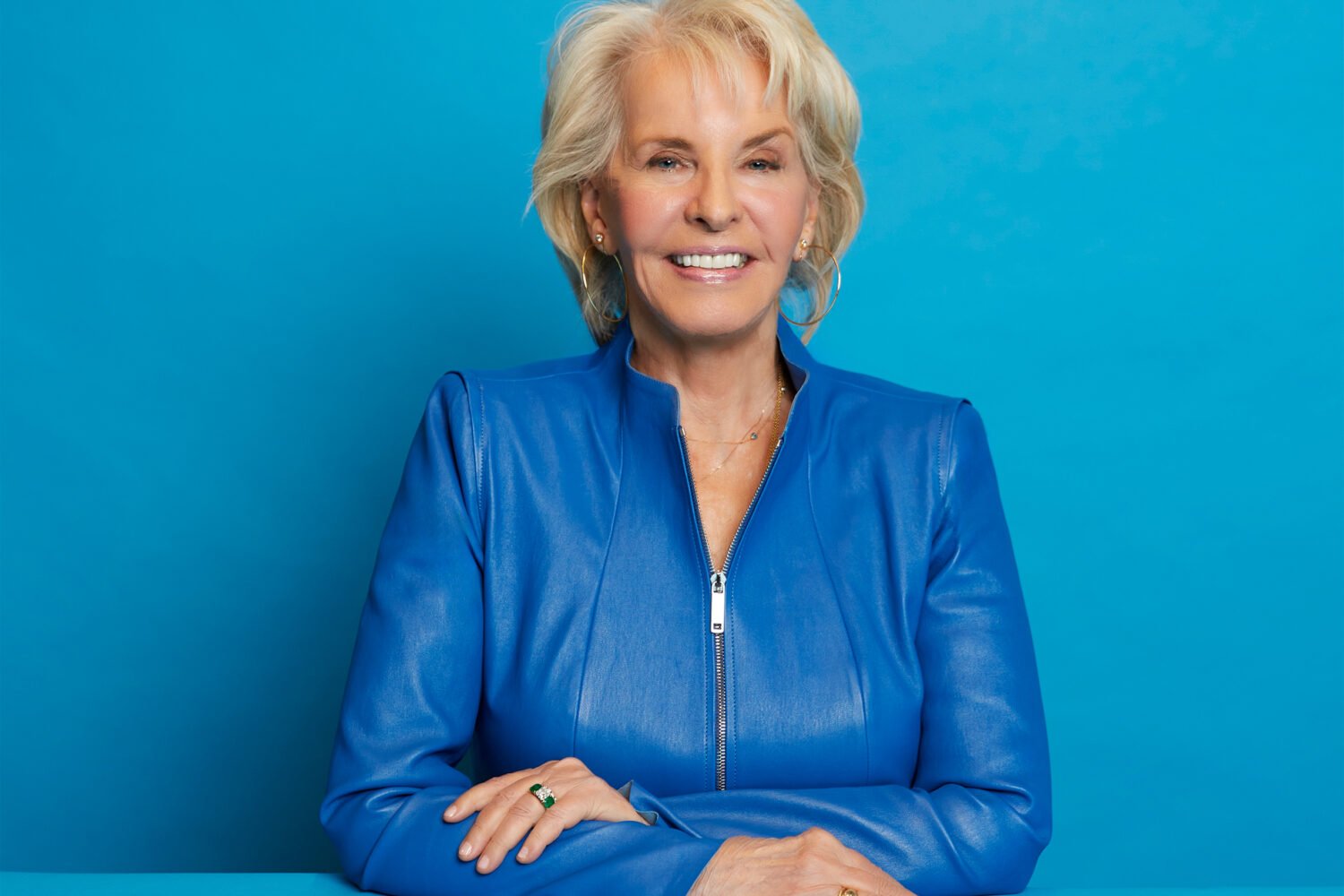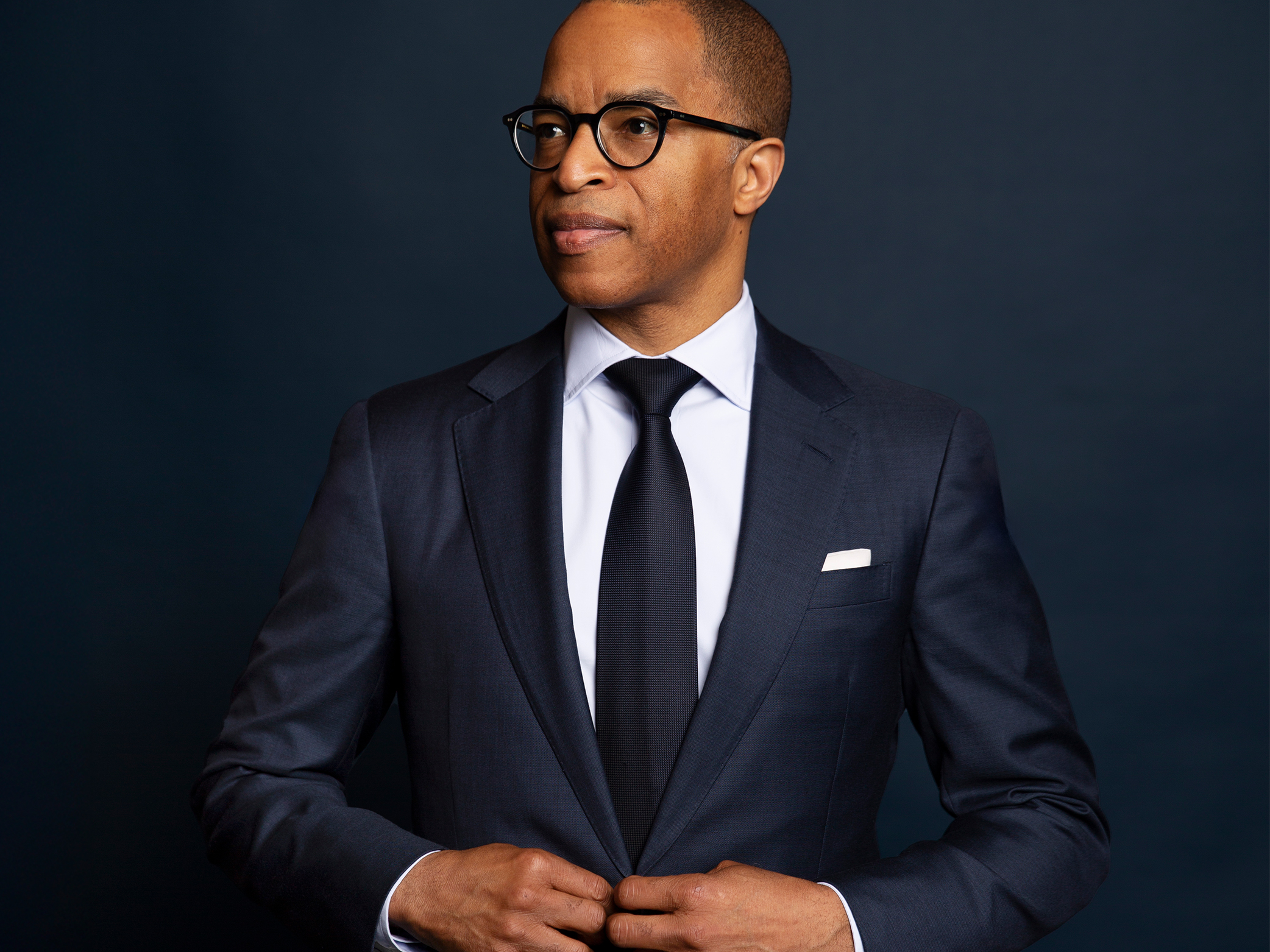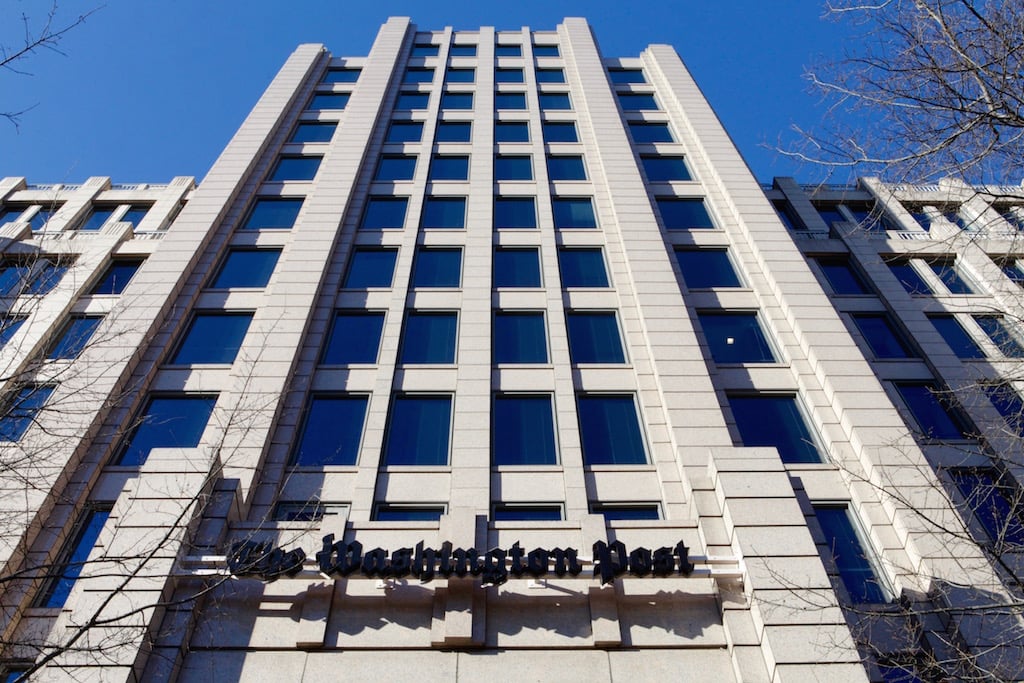I’m in an alley behind the Washington Post building at 15th and L on a freezing night, desperate for my supply. Two guys walk toward me. One pulls a knife, demanding money. “Are you effin’ serious?” I say. “You’re trying to mug me here?” Two of my friends come running with guns drawn. One has an Uzi. He sticks the muzzle in the assailant’s cheek. “Not here,” my friend says, “not ever.”
My buddies had greater responsibilities than protecting the $18 crumpled in my pocket. They were Secret Service working for the President. Yet our missions were the same: Every night, we collected the first—or “bulldog”—edition of the Post. My job was to grab it the moment it was released at 10:30 and drive it up Massachusetts Avenue into the hands of the local and national media. In the ’80s and ’90s, this particular landscape didn’t include iPhones with apps but a loading dock in an alley, gun-toting men, dealers, prostitutes, and the occasional world leader.
After graduating from American University in 1987, I’d begun an errand-running service. A client at Channel 9 asked if I’d deliver the Post’s bulldog edition to the station for its 11 pm broadcast. I accepted.
Each night, within minutes, the alley transformed from a dark, scary place to a hive of characters. Despite some impressive résumés that drove up, the most powerful person was the one controlling the newspapers—a homeless man named Simms. He sold you a paper solely in the order he liked you that night. Only about 50 copies came down the chute. If you didn’t get any, you had to wait an hour or more for the sidewalk vending box to be filled. By then, the news was out.
Simms wore a black trench coat and a fisherman’s hat no matter what the temperature. He spoke with a leather lung, his face had enough lines to make a notebook jealous, and he wore Army boots lined in lead. I know because he kicked me numerous times in the shins. We had a love/hate relationship, although if you saw us , you’d have detected only the hate. I’d drive up and he’d start yelling: Here comes blankety-blank-Boston-talking-blank! Simms never remembered my name, only my hometown.
One night in 1991, a Southern fellow was waiting for the paper. He talked a lot, grasped all women within shouting distance, and looked like a college football coach. Later, whenever I saw him on TV, I called him the ball coach. I found out his name was Bill Clinton.
The Secret Service got the paper for the White House. I was around for the Reagan, George H.W. Bush, and (yes) Clinton years. Bush supposedly would stand at the front door of the White House in his bathrobe.
I met Mikhail Gorbachev at the Madison hotel. I walked over, and out he stepped. I shook his hand, and off I went. I later saw Nelson Mandela there, too. He had such a sunny face that he reminded me of my father. I said, “Welcome, Mr. Mandela, to Washington, DC.” He placed both his hands on mine and said, “Thank you.” Occasionally, Marion Barry appeared. He said Channel 7 made him want to vomit.
Of the prostitutes along 15th Street, my favorite was Star. If there was a Z cup, she had it. She was probably in her fifties but said, “I’m whatever age they want me to be.” Star sometimes came down the alley and screamed: “If the news is so important tonight, why they got to make new news tomorrow night? Do you know how ridiculous you all look waiting on some newspaper to come flying out of a hole in the wall?”
Sometimes it takes a Star to bring you down to earth.
This article appears in the January 2019 issue of Washingtonian.
















